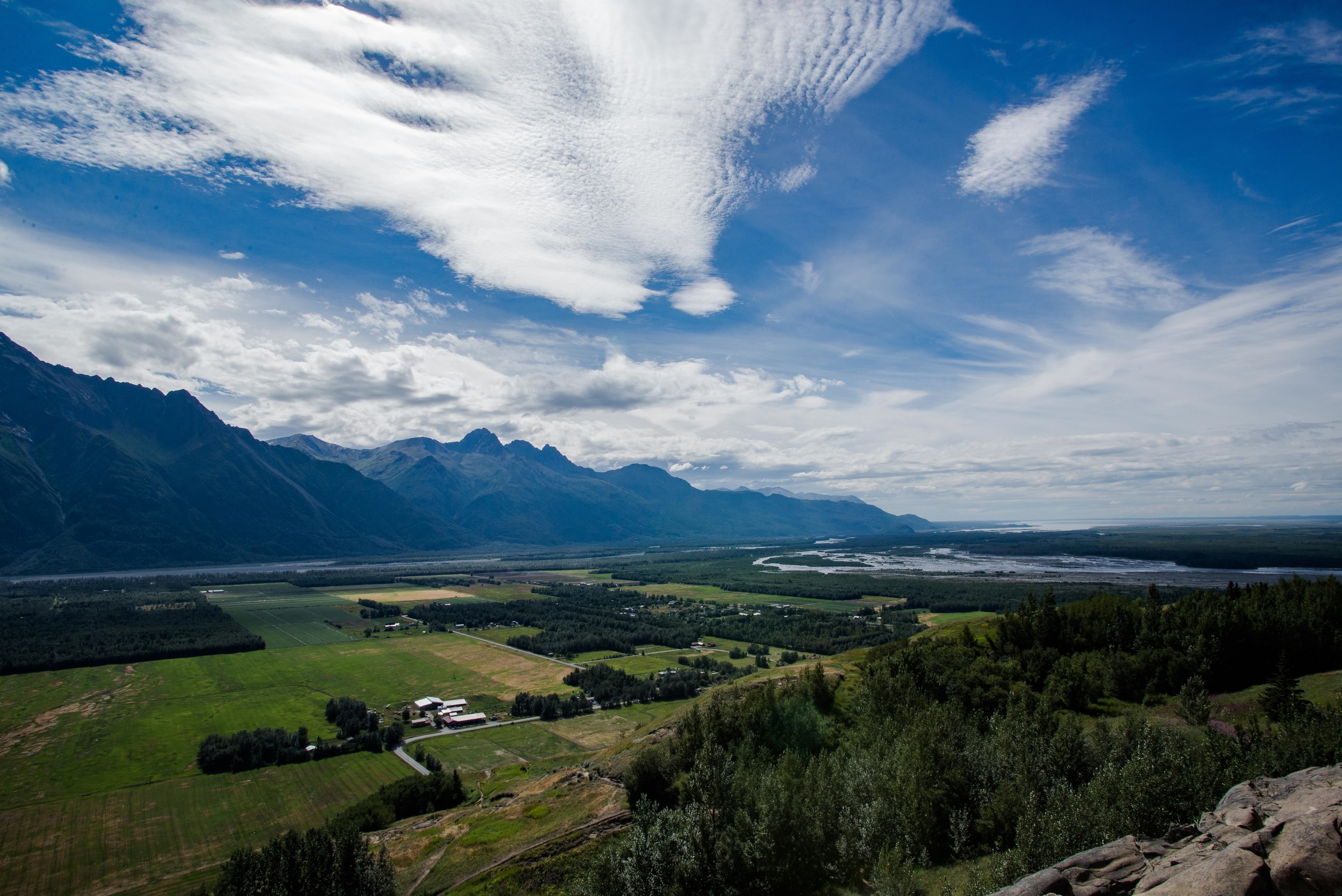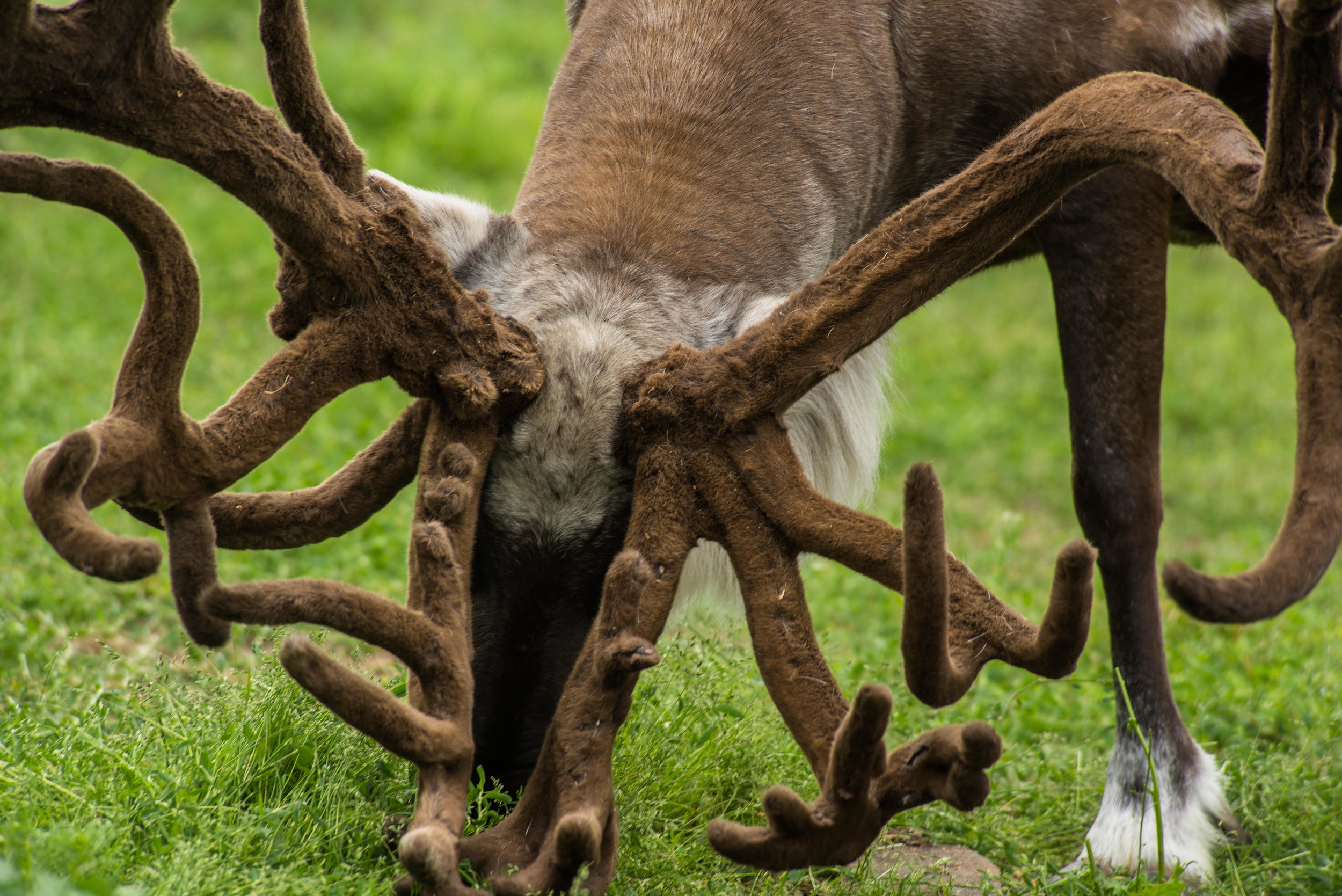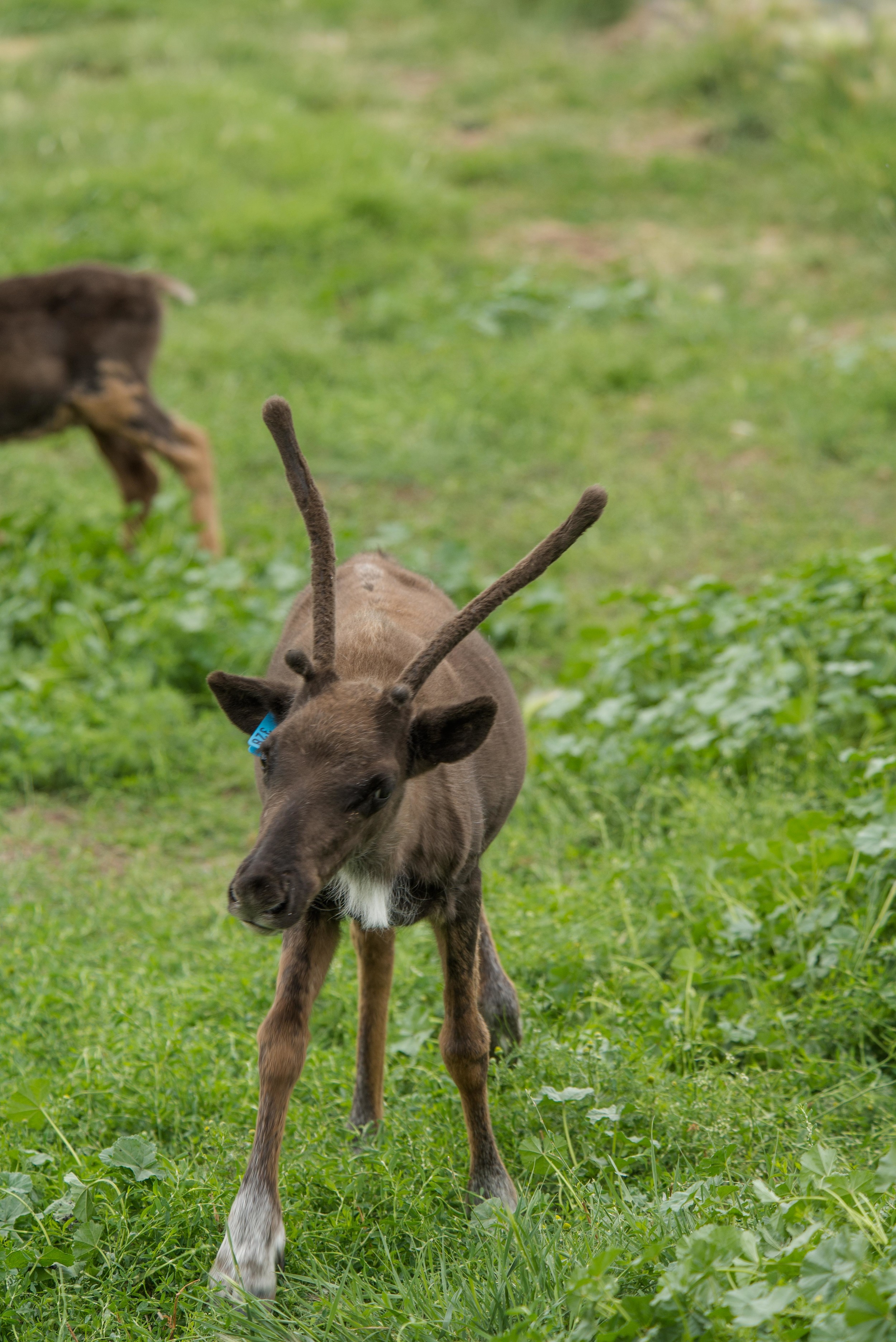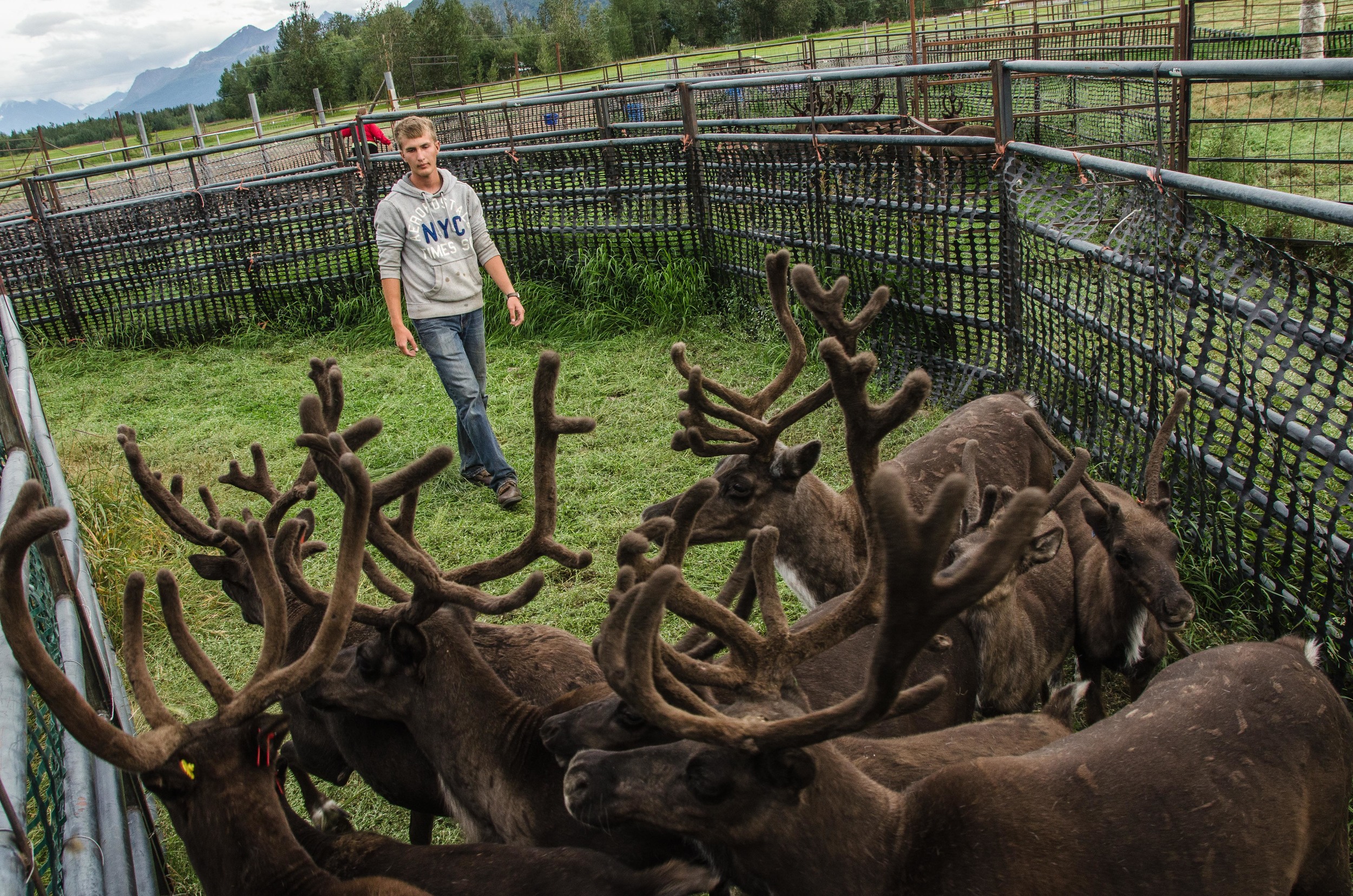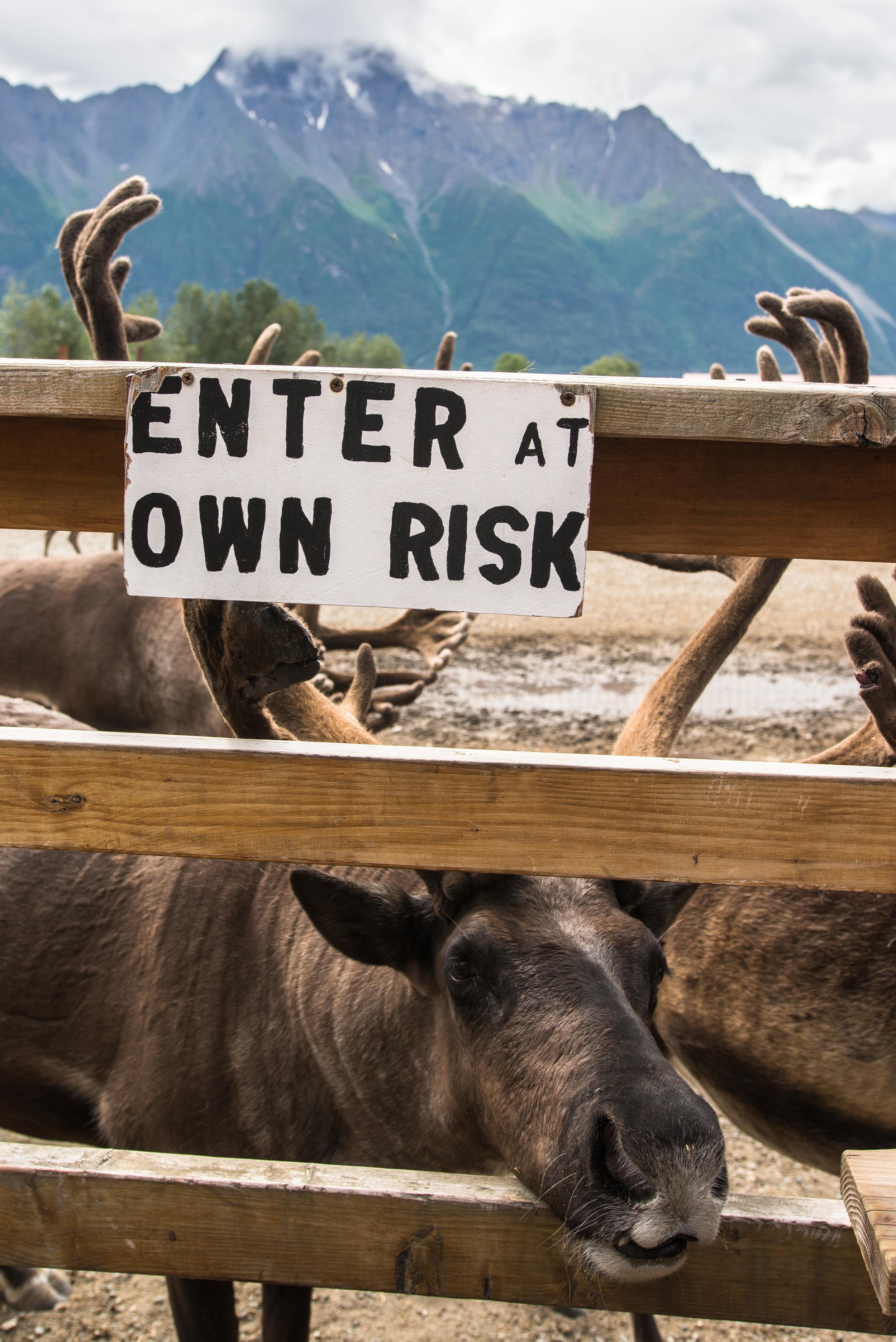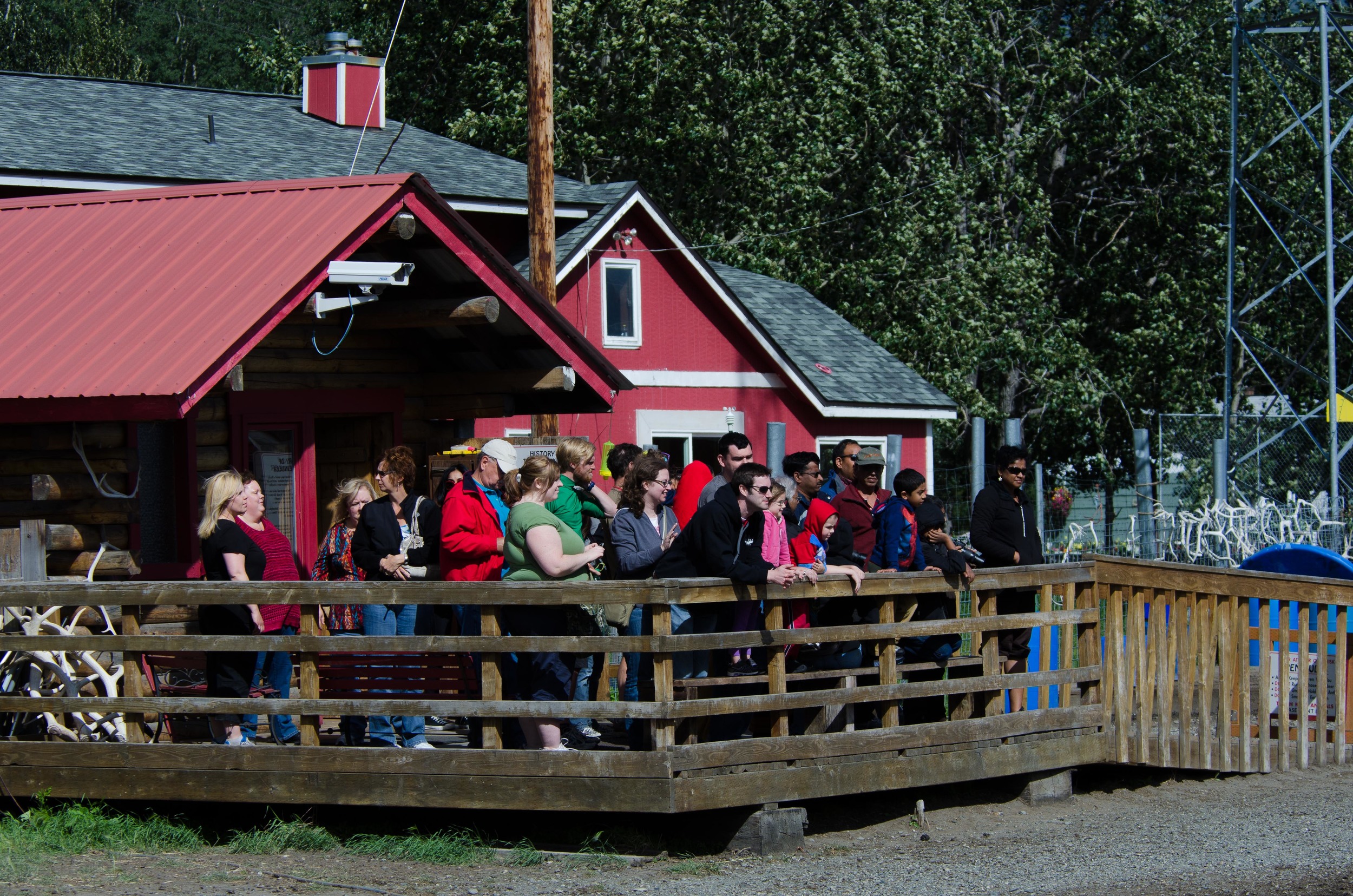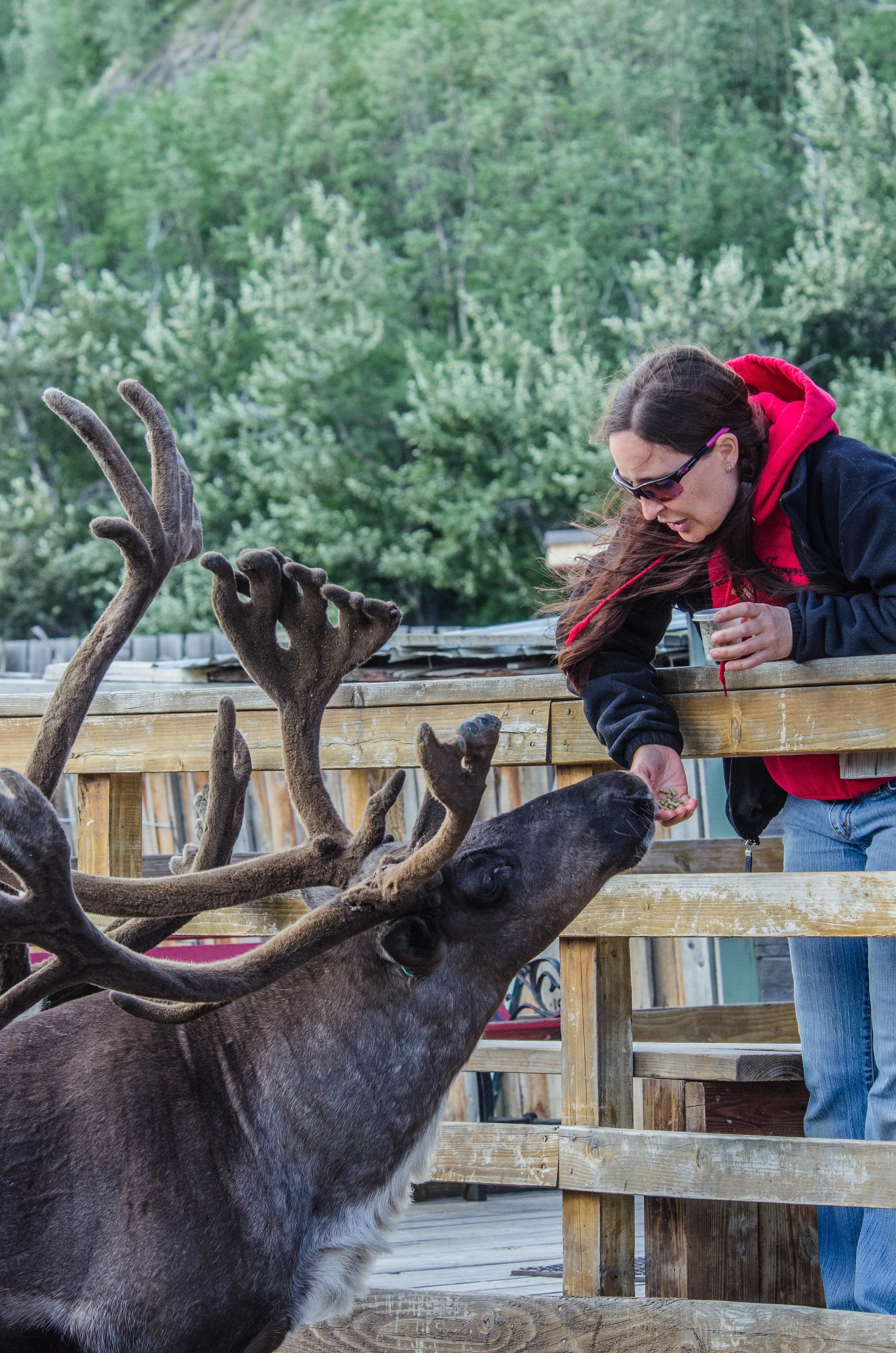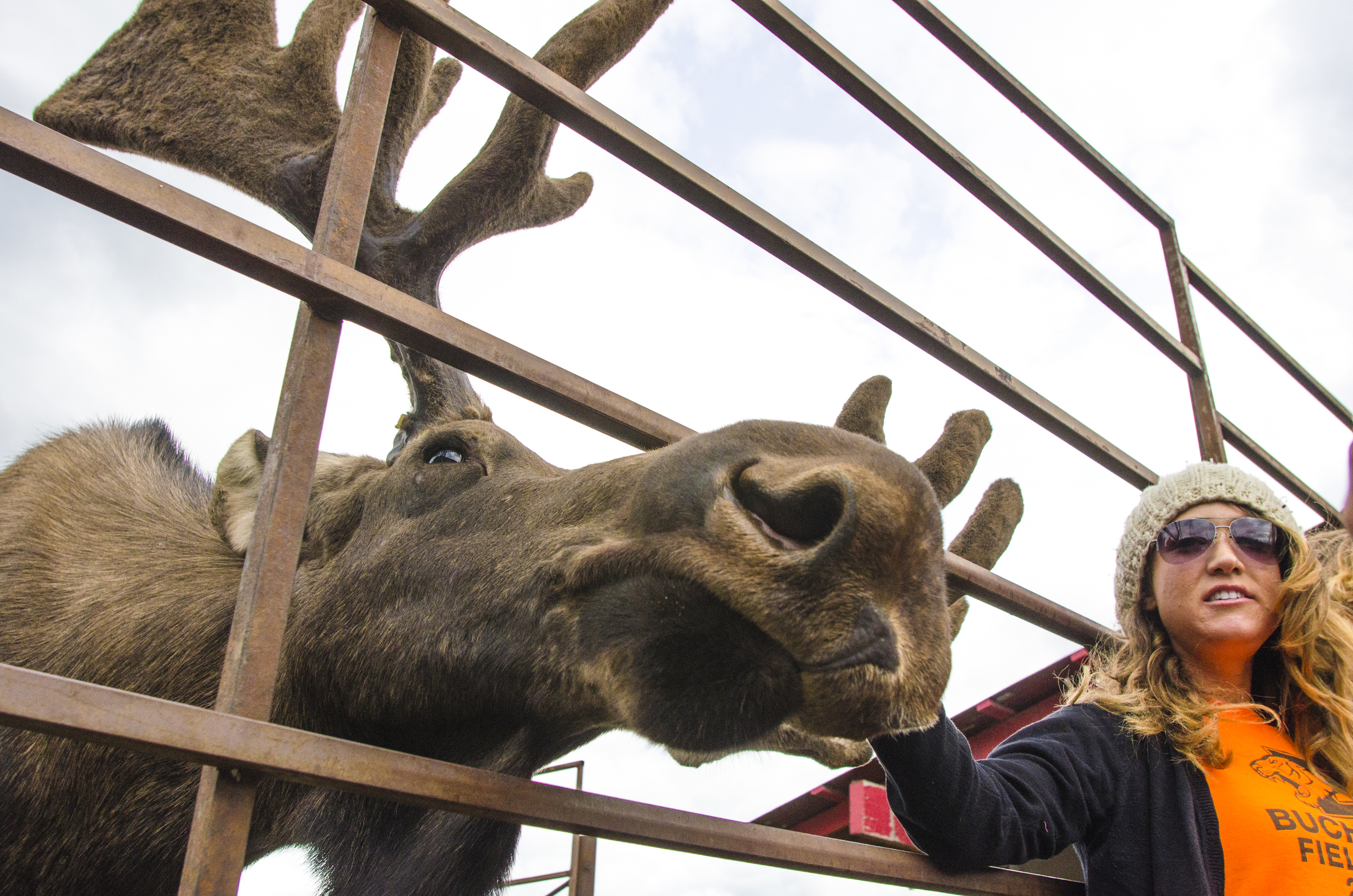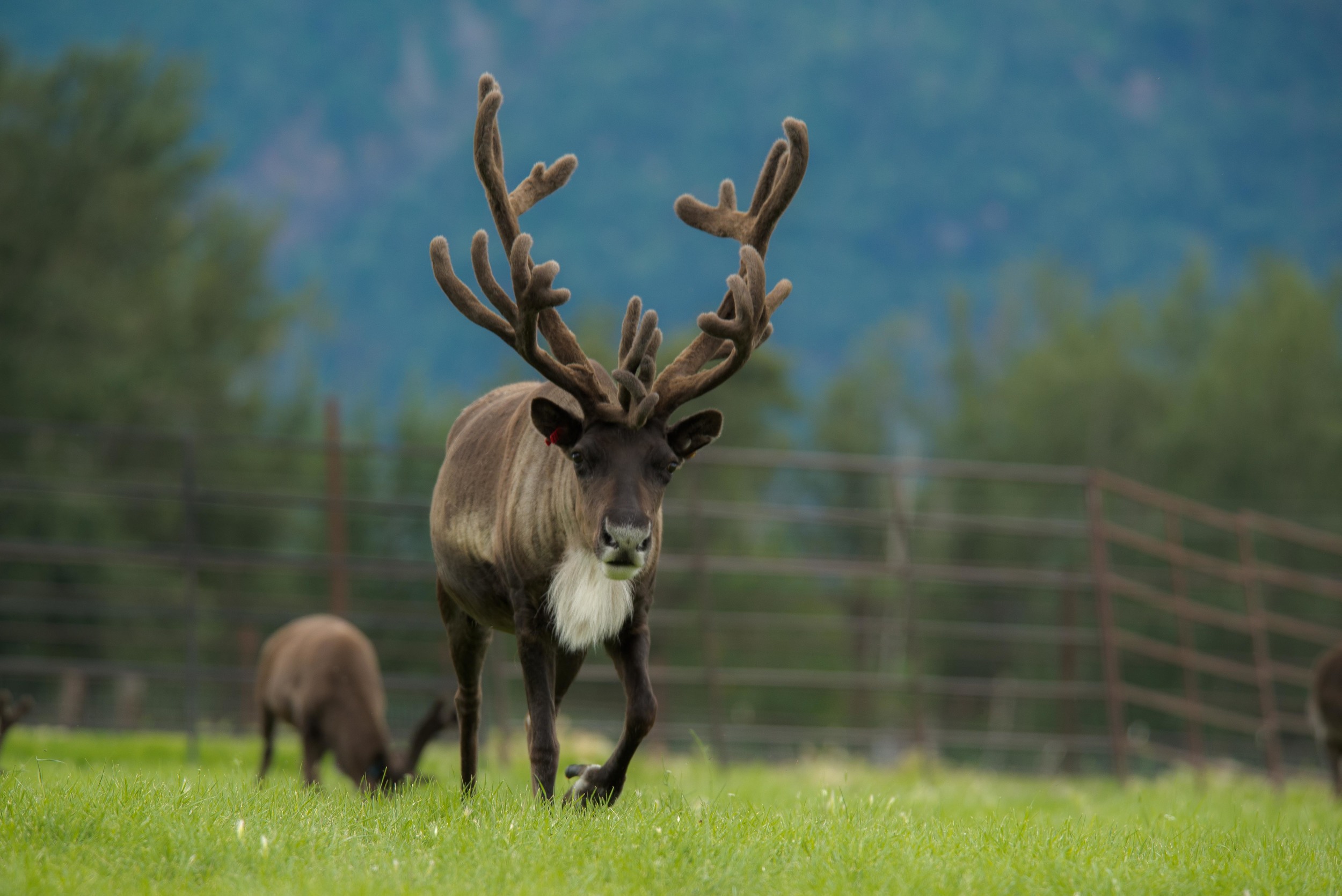Alaska's Williams Reindeer Ranch — The Furrow
Photos & story by Laura Read
THREE YEARS AGO, Denise and Josh Hardy were living in Spokane, Washington, with their four children when they got a call from Denise’s mom and dad, Gene and Tom Williams, who live on the family farm in Alaska.
The parents asked their daughter and son-in-law to move home and take over the family livestock business — raising not cattle or sheep, but reindeer. The answer was clear to Denise. Of course.
With their kids in transition between schools, the Hardys moved in with Grandma and Grandpa. Josh kept his full-time job as an adjuster with Safeco Insurance; Denise assumed responsibility for the reindeer farm’s tourism program.
“Tom had always dreamed of having one of his children run the farm,” Josh said. “The timing worked out well.”
What happened then was a nothing short of a reindeer revival.
The place of Denis’s childhood is a 1930s dairy farm built by in a New Deal program that moved settlers from the American Midwest into Alaska’s fertile Matanuska-Susitna Valley. The settlement was called the Matanuska Colony. Located in wide river-bottomland surrounded by high mountain peaks, it was also the kind of place where Santa Clause liked to appear occasionally outside of Christmas. Denise was not about to let it go.
The deer had been part of Denise’s life since 1987, when her dad arrived home from Canada with a semi-truck full of 19 reindeer. The thought of owning reindeer had captivated Tom Williams since high school. After starting a law practice in Anchorage, he finally had his chance to buy some. He developed the family ranch as a learning center about his so-called “cattle of the north.”
Improving a good thing: One of the Hardys’ first actions as managers was to redo the barn.
“It’s still the barn where Tom milked cows when he was a kid,” Josh explained, “but we’ve added to it. We have a heated area so food doesn’t freeze in winter. The original chicken coop is now our gift shop. I know that it’s original, because when I cleaned it out, it had original Matanuska Colony chicken poop in it.”
They extended the tourism season with an October Festival and a Christmas extravaganza, which featured elves, Santa, and a 15,000-light and music show.
Their dad had already started a whacky annual spree called the Running of the Reindeer held during the Anchorage Fur Rendezvous in homage to the Running of the Bulls event in Pamplona, Spain. As onlookers cheer, reindeer stampede down city blocks chasing participants who run for the lives.
Explaining the breed: The changes worked, and now the Williams Reindeer Farm sees thousands of visitors a year. All three of Tom’s daughters and their families get into the action. As tour guides, usually Denise or one of her sisters, Wendy and Kim, is the guide explaining that reindeer are domesticated cousins of the wild caribou. Their outer fur layer is hollow, which increases insulation and makes it easier for them to swim. The deer have two big toes in the front of their hooves, and two dew claws in the back. They have four stomachs, and it takes them 20 hours to digest their food. In summer, their antlers are coated in a sensitive velvet fuzz. The velvet sheds in fall, which leaves the antlers scarlet with blood for a few days before the bones turn white. Males lose their antlers in fall. Females keep theirs until after Christmas, which means —sorry kids — Rudolph is really a Rudolphina.
Sorting by niceness: Leading the tours is fun, but there’s also serious work to be done. About 160 reindeer live on the farm. Last year, 70 calves were born. In spring, the animals are sorted according to temperament. The friendliest join the “show herd”; the less friendly get to enjoy life out in the fields for a while. In late summer, the whole herd is sorted for breeding, slaughter and sales. Some are sold for sleigh ride operations or to exotic animal collectors. Last year, some went to an animal movie star company in California. Females can sell for up to $3,000.
The deer are vaccinated and tested regularly tuberculosis, brucellosis and chronic wasting disease, Denise said.
For help, the Hardys hire six summer employees. They hire another 25 people during the busy fall festival. A couple of employees work year-round to help manage the herd. “They are the lucky ones who feed during all temperatures, even when they reach- 40° in winter,” Denise said.
Visitors: Daily summer tours cost $8 for adults and $6 for kids. Visitors learn what reindeer eat, how their tendons click when they walk, and how the velvet-covered antlers are extremely sensitive. “I have seen a mosquito land on an antler, and the animal can feel it,” Denise said. “If they hit their antler on something, it hurts them.”
After the presentation, visitors mingle with the reindeer carrying plastic cups full of pellets made of barley, fish, soy meal, molasses, vitamins, minerals and salt. (The reindeer also eat grass, grain, and hay grown on another farm Williams owns near Anchorage.)
Daily visitor counts total anywhere from 90 to 250 in summer, Josh said. The October Festival brings in a couple of thousand people, and Christmas draws another few thousand. That’s when Josh climbs into a red suit and adds Santa Clause to his repertoire.
“I get to be a very benevolent person for about two weeks out of the year,” he said. “I love it.” Kids love it, too.
The whole farm: The Hardys provide more than just reindeer attractions. In addition to the elk, there are horses, rabbits, chickens, a bison, and a tame moose named Denali. The more fearless of visitors feed Denali by holding out carrots with their mouths. The sight makes everyone double over with laughter.
The good feelings are not lost on the Hardys.
“You have moments of absolute beautiful glorious peace, here,” Josh said. “The rest is hard work. The minute you’re done fixing and correcting and nurturing, then the next problem hits, and you just keep going. That’s the challenge of the American farmer, to adapt and overcome. If we can do it with reindeer, you can do it with anything.”
All Photos Copyright Laura Read
